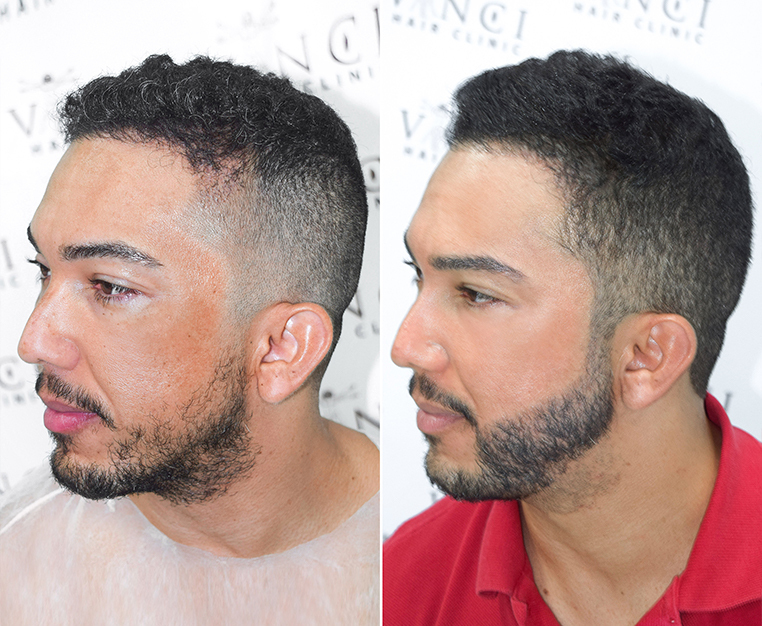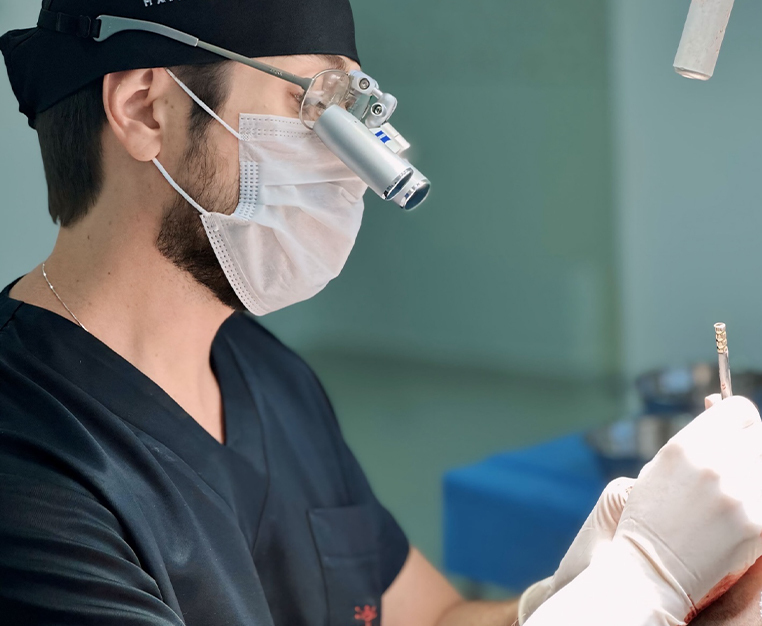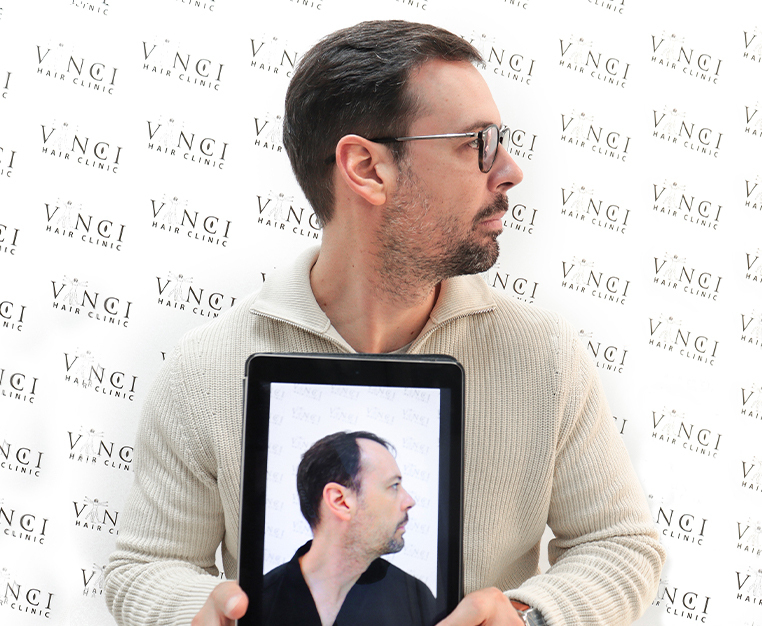Hair loss in women has many causes. Forty percent of women will have visible signs of hair loss by the time they turn 40 years old. The most significant cause of hair loss is a genetic condition known as androgenetic alopecia. Stress, physical and emotional trauma, as well as an autoimmune response, can also lead to hair loss. Most of the causes of hair loss are reversible, with many women able to regrow their hair once they seek treatment for the root cause.
In this blog, you will discover the typical symptoms of hair loss. You will learn about the first signs to look out for and the steps you can take to maintain healthy hair.
Signs Of Hair Loss
There are always early warning signs when it comes to hair loss. The problem you may have is telling the difference between shedding and premature hair loss. Here are some of the things to look out for:
- More hair on your pillow – women lose between 10 and 50 hairs daily. If you suddenly start noticing more hair on your pillow in the morning, you need to start paying closer attention.
- More prominent parting – depending on your hairstyle of choice, you may be aware of how wide your parting is. If your parting appears wider or the methods you use to conceal it no longer work; it may be a sign of hereditary hair loss.
- More hair on your comb or brush – more hair is always a sign of increased shedding or the onset of hair loss.
- More hair in the shower – you should expect a few strands to fall off when you shower. If you start seeing increasing numbers of hairs or hair comes off in your hands in clumps, perhaps it’s time to seek some help.
Is My Hair Shedding More Than Normal?
This is probably the first thing that goes through your mind; is it just normal shedding, and should I worry about it? Typically most women will brush this issue aside until the signs of hair loss become more prominent.
One way of telling normal shedding apart from hair loss is by familiarising yourself with the common types of female pattern baldness, a hereditary form of hair loss. Also, if hair loss runs in your family, then chances are what you’re witnessing are the early signs of hair loss mainly, if the hair on the top and crown of your head appears significantly thinner.
If you have no family history of hair loss but are experiencing rapid hair loss, it’s best to seek the advice of a dermatologist or trichologist. One of these specialists will help determine the cause of your hair loss and prescribe the right treatment.
Keeping Track Of Hair Loss Helps When Seeking Professional Help
To many women, hair loss may seem to happen suddenly. However, there are telltale signs if you are paying attention. Before seeking specialist help, it may benefit you to get to know your hair better. Below are a few ideas to help you along.
Keep A Hair Diary
Keeping tabs on what’s going on in your life and your hair will help you pinpoint when change happens. Keep a note on any out-of-the-ordinary occurrences such as noticing more hair on your pillow or the hairbrush. Observations over a couple of months will reveal any hair loss trends.
Keep A Sample
If you’re planning on making an appointment with a trichologist, you may want to take a sample of the fallen hair with you. Use a ziplock bag to store the hair you want to take with you.
Be Open About Lifestyle Habits
You never know what is relevant when it comes to hair loss. Disclose everything from any stressful events in your life to dietary changes or medical conditions. Rapid weight loss and emotional stress both have links to hair loss.
Following a thorough examination, your trichologist may require further tests to uncover the root cause of your hair loss problem. You should find some comfort in the fact that most hair loss is reversible if you start treatment early. The final section of this article discusses some treatment options for hereditary hair loss and thinning.
Treatment For Hair Loss And Thinning
Minoxidil is a topical solution for application to the scalp, which is proven to prevent hair loss and stimulate hair growth in women. At Vinci Hair Clinic, a range of hair loss treatments is available whatever stage of hair loss you are experiencing. Following a consultation with one of the specialists at the clinic, they may recommend a medical or surgical treatment option. Maxogaine is a 3% minoxidil solution which you can purchase off the shelf without a prescription. If you are at early stage hair loss, this may be the ideal solution to not only slow but reverse the hair loss. Get in touch to speak to one of the team or book a consultation today.





